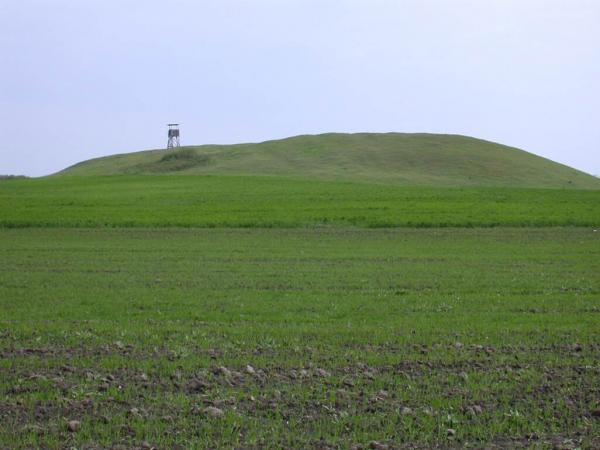The Genesis and Collapse of a Bronze Age Center in the Maros Valley of Southeastern Europe
Dr. John O’Shea, Curator of Great Lakes Archaeology, Museum of Anthropological Archaeology, University of Michigan
Around 2000 B.C., the settlements of the Maros culture reached their widest extent across southeastern Hungary, western Romania, and northern Serbia. It was at this time that the Bronze Age site of Pecica Şanţul Mare was established. Over the next 500 years, Pecica rapidly became the preeminent Bronze Age center in the region, controlling the distribution of metals and domesticated horses throughout the Carpathian Basin, and then with equal rapidity collapsed and was abandoned. Renewed excavation at Pecica Şanţul Mare affords a finegrained view of the interplay of factors which led to the genesis and collapse of this important Bronze Age polity, and allows regional patterns of growth, aggregation, and dispersal to be linked to specific social processes and elite strategies at this critical center. Pecica provides a valuable case, in which a
complex polity does not transition into a stable state-like organization.
complex polity does not transition into a stable state-like organization.
| Building: | Ruthven Museums Building |
|---|---|
| Event Type: | Lecture / Discussion |
| Tags: | Anthropology, Archaeology |
| Source: | Happening @ Michigan from Museum of Anthropological Archaeology |


